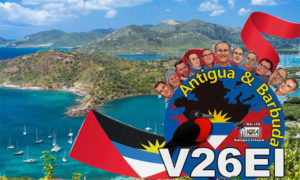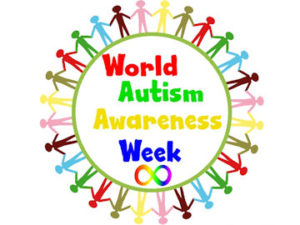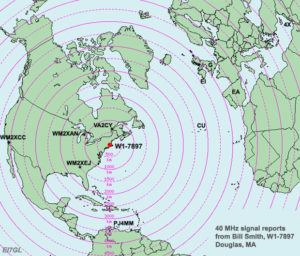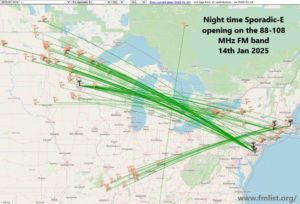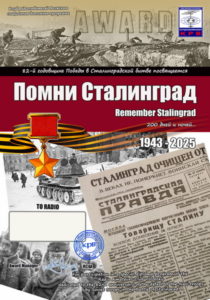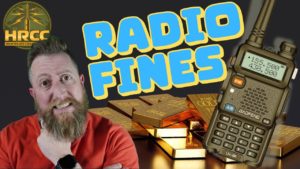SSTV Event to Help ARISS Mark 20 Years of Continuous Ham Radio Operation in Space
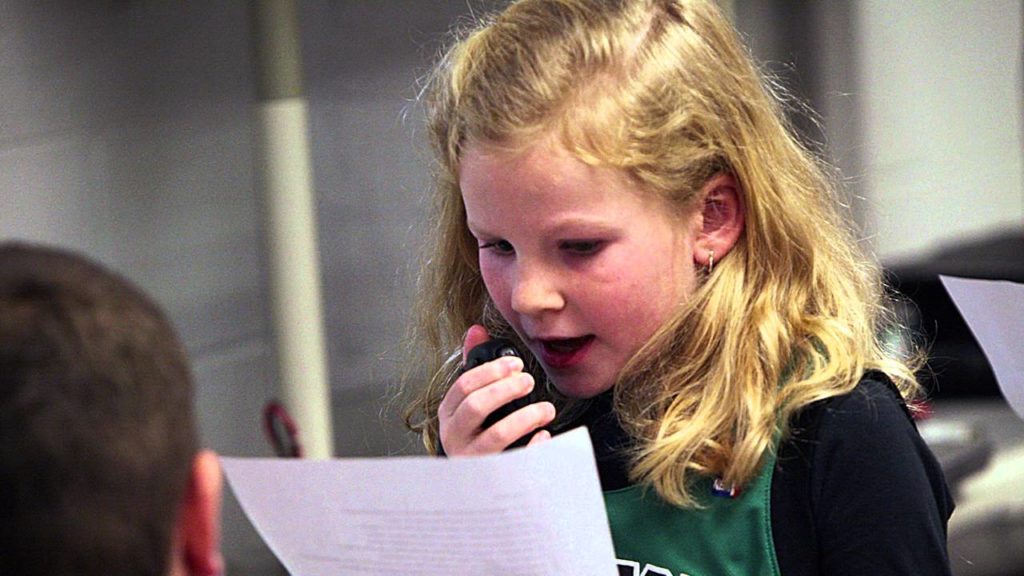
Amateur Radio on the International Space Station (ARISS) will continue its year-long 20th-anniversary celebration of continuous ham radio operation from the ISS this month, with a slow-scan television (SSTV) event over the holidays. The first ARISS school contact took place in December 2000, not long after the first ISS crew arrived on the station a month earlier and had made test contacts. The commemorative late-December SSTV event will be held from December 24 through December 31, although dates are subject to change. The frequency will be 145.800 MHz, using SSTV PD-120 mode. Over its 20 years, ARISS has supported nearly 1,400 scheduled ham radio contacts with schools, student groups, and other education organizations.
“ARISS would not be the complex and growing program of education, operations, and hardware were it not for ARRL, AMSAT, NASA, and the ISS National Lab (INL),” said Rosalie White, K1STO, ARISS-US Delegate representing ARRL. “For these past 20 years and for the years to come, when we grow into lunar ham radio opportunities and more, the ARISS team will continue to be grateful to ARRL and all our sponsors. We could not do it without you!”
The ARISS ham radio gear, for what would become NA1SS on board the station, arrived ahead of the Expedition 1 crew, headed by Bill Shepherd, KD5GSL. Shepherd made the first ARISS school contact with students at Luther Burbank Elementary School in Illinois on December 21, 2000. NASA has marked the ARISS milestone with an infographic highlighting the educational contacts via amateur radio between astronaut crew members aboard the ISS and students.
ARISS will continue to sponsor various commemorative events through November 2021, including more of the very popular ARISS SSTV sessions. In celebration of the 20th anniversary of ham radio on the space station, ARISS took part in the ISS Research and Development Conference (ISSRDC) panel session, “20 Years of STEM Experiments on the ISS.” A video developed for the session describes the program, conveys some key lessons learned over the past 20 years, and describes the ARISS team’s vision for the future.
“Twenty years of continuous operations is a phenomenal accomplishment,” said ARISS-International Chair Frank Bauer, KA3HDO, who’s been with the program from the start. “But what makes it even more extraordinary is that ARISS has achieved this through hundreds of volunteers who are passionate about paying it forward to our youth and ham radio community. On behalf of the ARISS International team, I would like to express our heartfelt thanks to every volunteer who has made ARISS such an amazing success over the past 20 years. Your passion, drive, creativity, and spirit made it happen.”
In September, ARISS announced that the initial element of its next-generation Interoperable Radio System (IORS) had been installed in the ISS Columbus module, replacing outmoded and problematic station gear.
A helpful addition to the ARISS website is a “Current Status of ISS Stations,” which reports the present or coming operating mode of ARISS radios in the Columbus and Service modules. Click on General Contacts and then Current Status of ISS Stations on the drop-down menu of the ARISS website to access the reports.
If you have found a spelling error, please, notify us by selecting that text and pressing Ctrl+Enter.
